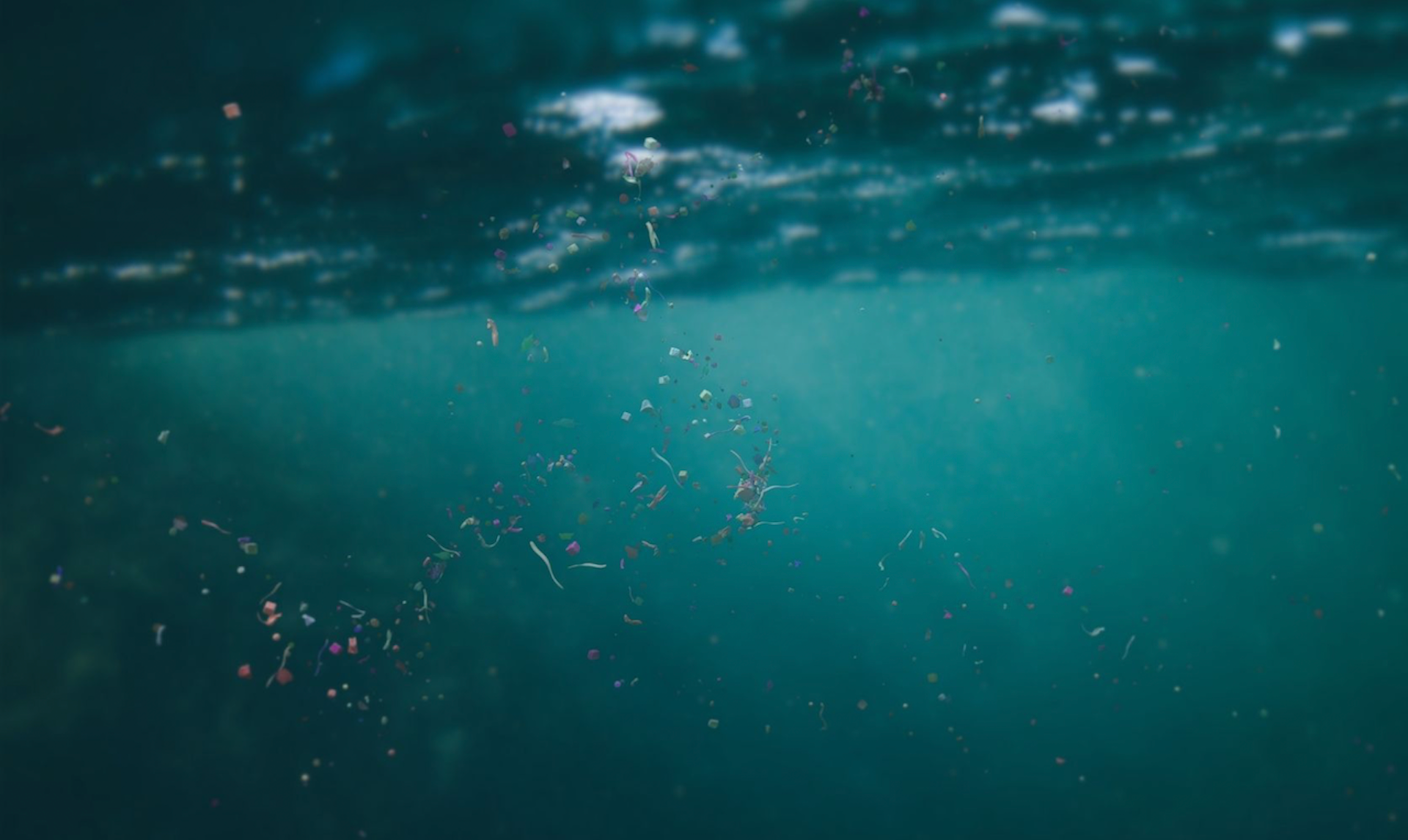Choosing the best fleece
When you're choosing the best fleece, at some point you have to decide when it's time to move on from polyester fleece as a fabric. While outdoor companies have relied on polyester for decades as a staple of the fleece garments worn by millions around the world, its undoubted qualities as a cheap and effective insulation layer are now being clouded by doubts over its environmental footprint and even its safety.
The latest studies indicate that the polyester fibres in our clothes could be poisoning our waterways and food chain on a massive scale. Polyester microfibres, the tiny threads shed from fabric, have been found in abundance on our shorelines, in our wilderness areas, our birds and other wildlife, our farmland, even inside our homes, our food and our bodies. We literally eat, drink and breathe this stuff everyday. The results for the environment and our own health could be disastrous. Heres one of many articles on the subject in the The Guardian
And micro plastic pollution is raining down on city dwellers, with research revealing that London has the highest levels yet recorded. The level of microfibres discovered in the London air surprised scientists. “We found a high abundance of micro plastics, much higher than what has previously been reported,” said Stephanie Wright from Kings College London, who led the research. “But any city around the world is going to be somewhat similar.”
Now researchers are continuing to pinpoint where these plastic microfibres are coming from. One source in particular is of huge concern to the outdoor industry, which has traditionally relied on synthetic fibres like polyester.
Avoiding recycled polyester
In an alarming recent study researchers at the University of California at Santa Barbara found that a synthetic fleece top can release over 700,000 microfibres, every wash. It also found that older jackets shed almost twice as many fibres as new jackets. The study was funded by outdoor clothing manufacturer Patagonia, a certified B Corp that also offers grants for environmental work.
While Patagonia and many other outdoor companies, like Polartec, The North Face, Arct’eryx and Helly Hansen use recycled plastic bottles as a way to conserve and reduce waste, this latest research indicates that the plastic will ultimately end up in our environment anyway – and in a form that’s even more likely to cause problems.
It’s clear that breaking a plastic bottle into millions of fibrous bits of plastic is worse than doing nothing at all. This short, animated film from environmental campaign ‘The story of Stuff’ explains why recycled polyester is definitely not the answer to the problem of microfibre pollution. https://www.storyofstuff.org/movies/story-of-microfibers/
Time for a new kind of fleece
Companies that have built their businesses on their environmental credentials have been some of the first to pay attention to the growing microfibre problem. Patagonia proposed their study in 2015, after polyester, the primary component of outdoor fabrics like fleece, showed up as a major ocean pollutant.
Patagonia is part of a working group, as is Columbia Sportswear, North Face and 17 others, studying the issue through the Outdoor Industry Association (OIA), a trade group consisting of about 1,300 companies around the world.
And yet they continue to drag their feet. Patagonia, which relies mostly on virgin and recycled polyester, still revels in the name of some of its best-selling polyester fleeces, such as ‘Synchilla’. In fact, most outdoor companies have simply flipped to using some recycled polyester as a simple way to greenwash their product range. And they continue to poison our planet, despite all the evidence available.
The best fleece, that's best for our planet.
At Woolf we believe the earth deserves better. We believe any outdoor apparel company should avoid the use of polyester and plastic completely; after all, there is a better performing and completely natural alternative. For a fleece that's naturally warmer, windproof, water repellant and odour resistant, discover our range of PureFleece® mid layer fleece tops made from 100% Merino Lambswool at www.woolf.store and discover why it's quickly becoming the fleece of choice for outdoor professionals.


